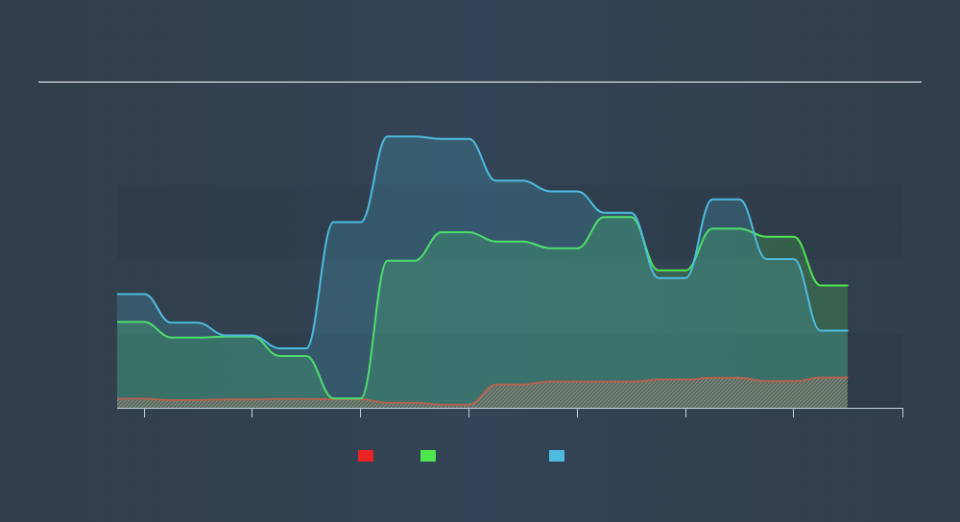Is Adocia (EPA:ADOC) Using Too Much Debt?

Howard Marks put it nicely when he said that, rather than worrying about share price volatility, 'The possibility of permanent loss is the risk I worry about... and every practical investor I know worries about.' It's only natural to consider a company's balance sheet when you examine how risky it is, since debt is often involved when a business collapses. As with many other companies Adocia SA (EPA:ADOC) makes use of debt. But is this debt a concern to shareholders?
What Risk Does Debt Bring?
Debt and other liabilities become risky for a business when it cannot easily fulfill those obligations, either with free cash flow or by raising capital at an attractive price. Part and parcel of capitalism is the process of 'creative destruction' where failed businesses are mercilessly liquidated by their bankers. However, a more frequent (but still costly) occurrence is where a company must issue shares at bargain-basement prices, permanently diluting shareholders, just to shore up its balance sheet. Of course, debt can be an important tool in businesses, particularly capital heavy businesses. When we examine debt levels, we first consider both cash and debt levels, together.
See our latest analysis for Adocia
What Is Adocia's Net Debt?
The chart below, which you can click on for greater detail, shows that Adocia had €8.09m in debt in June 2019; about the same as the year before. However, it does have €20.7m in cash offsetting this, leading to net cash of €12.6m.
How Strong Is Adocia's Balance Sheet?
The latest balance sheet data shows that Adocia had liabilities of €12.4m due within a year, and liabilities of €10.5m falling due after that. On the other hand, it had cash of €20.7m and €23.6m worth of receivables due within a year. So it can boast €21.4m more liquid assets than total liabilities.
This excess liquidity suggests that Adocia is taking a careful approach to debt. Given it has easily adequate short term liquidity, we don't think it will have any issues with its lenders. Simply put, the fact that Adocia has more cash than debt is arguably a good indication that it can manage its debt safely. The balance sheet is clearly the area to focus on when you are analysing debt. But it is future earnings, more than anything, that will determine Adocia's ability to maintain a healthy balance sheet going forward. So if you want to see what the professionals think, you might find this free report on analyst profit forecasts to be interesting.
In the last year Adocia actually shrunk its revenue by 44%, to €23m. To be frank that doesn't bode well.
So How Risky Is Adocia?
By their very nature companies that are losing money are more risky than those with a long history of profitability. And the fact is that over the last twelve months Adocia lost money at the earnings before interest and tax (EBIT) line. And over the same period it saw negative free cash outflow of €35m and booked a €16m accounting loss. Given it only has net cash of €21m, the company may need to raise more capital if it doesn't reach break-even soon. Even though its balance sheet seems sufficiently liquid, debt always makes us a little nervous if a company doesn't produce free cash flow regularly. When we look at a riskier company, we like to check how their profits (or losses) are trending over time. Today, we're providing readers this interactive graph showing how Adocia's profit, revenue, and operating cashflow have changed over the last few years.
Of course, if you're the type of investor who prefers buying stocks without the burden of debt, then don't hesitate to discover our exclusive list of net cash growth stocks, today.
We aim to bring you long-term focused research analysis driven by fundamental data. Note that our analysis may not factor in the latest price-sensitive company announcements or qualitative material.
If you spot an error that warrants correction, please contact the editor at editorial-team@simplywallst.com. This article by Simply Wall St is general in nature. It does not constitute a recommendation to buy or sell any stock, and does not take account of your objectives, or your financial situation. Simply Wall St has no position in the stocks mentioned. Thank you for reading.

